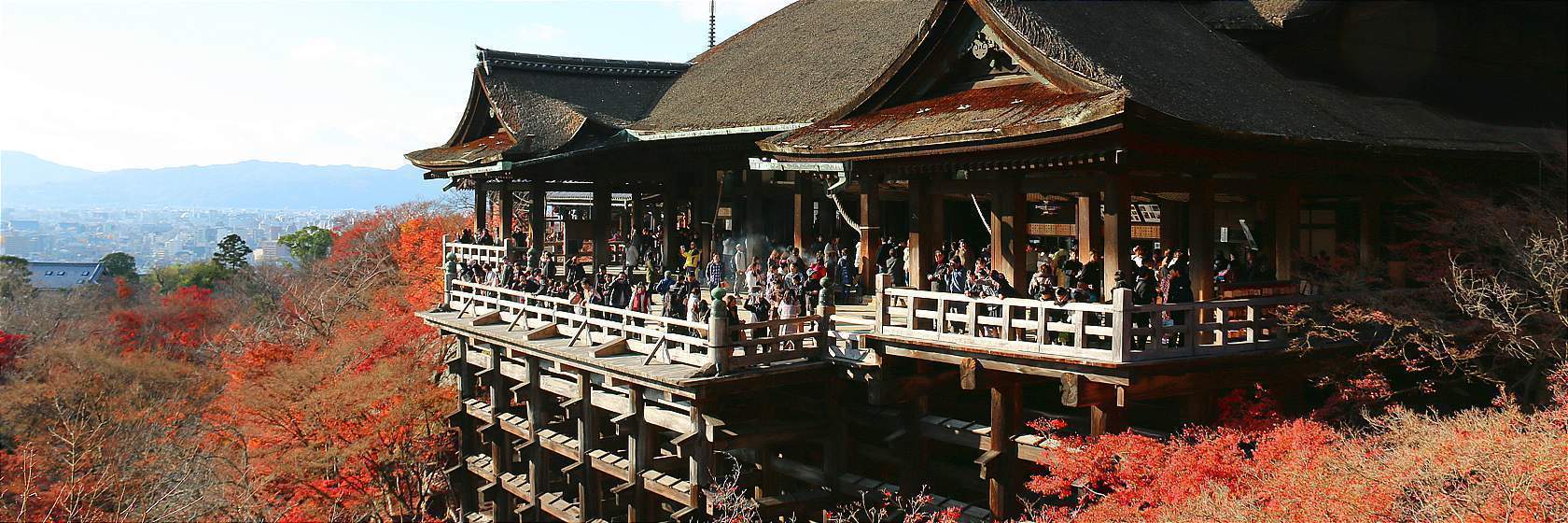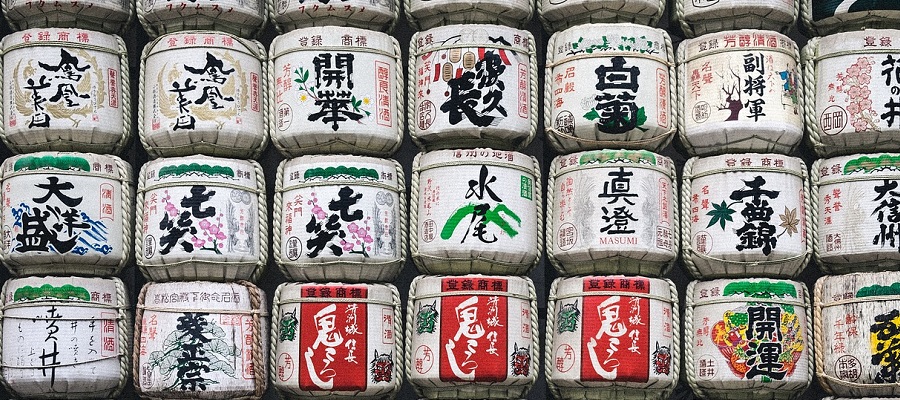What is Sake?
Rice wine is also a special alcoholic beverage as it can be drunk warm and cold. Depending on the taste of the person or the season you can choose a drinking temperature of 5 ° C to 55 ° C. This wide range of drinking temperatures is the sake of sake.
Nara – The birthplace of sake
Picture from annees-de-pelerinage.com - Origin of sake
Nara is the very first capital in Japan and deeply connected to rice wine brewing. Many historic Buddhist temples and Shinto shrines in Nara are connected with sake-brewing. For example, the Omiwa Jinja Shrine, which is one of the oldest existing Shinto Shrines in Japan, is under the protection of the rice wine god. He is still enthusiastically popular with many rice wine breweries all over Japan.
The Shoryakuji Temple is also famous as the place of origin of sake. The yeast starter "Bodai-moto" was first produced in this temple in the years 794-1185. The fundamental brewing technique used in the present day has been developed at this temple as well. The Nara rice wine, which was brewed with unsurpassed technology, was a luxury and treasured.
The Nara rice wine presents luscious aroma and is multi-layered in the reverberation. That is its characteristic feature.
Kyoto – Mecca of the elegant sake

Picture from Japan-guide.com - Kyoko - famous for its Sake
Kyoto is located near Nara. In 794, the Japanese capital was relocated from Nara to Kyoto. There, the rice wine brewing became even more popular. Noblemen in Kyoto started to drink rice wine. That was a big turning point for rice wine. It transformed into a drinking pleasure from the sacred drink, that had only been used for religious ceremonies. The number of temples brewing sake increased. The brewing technology was also developed positively by the competition. That's why Kyoto was one of the best sake destinations nationwide and could be proud of its world-class production technology.



